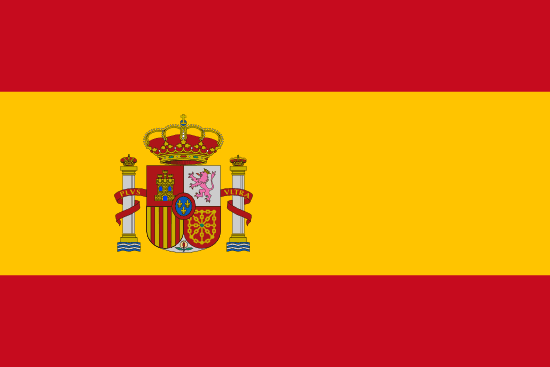"Sempre aberta | Always open"
About:
Lugo, a city in northwest Spain, was founded by the Romans in 13 BC. It's known for its well-preserved Roman walls, a UNESCO World Heritage Site. The city was a key Roman center for gold trade. In the Middle Ages, it became an Episcopal see. Throughout history, it was occupied by Visigoths, Moors, and later reconquered by the Christians. Today, Lugo is a vibrant city with a rich history, offering a blend of Roman, Gothic, Renaissance, and Baroque architecture.
When to visit:
Lugo, a picturesque city in northwestern Spain, is best visited during the summer months of June to August when the weather is warm and pleasant. This time of year allows travelers to fully enjoy exploring the city's well-preserved Roman walls, a UNESCO World Heritage Site. The summer also coincides with various cultural events and festivals, such as the Arde Lucus festival in late June, offering visitors a vibrant and lively atmosphere. However, for those seeking a quieter experience, the shoulder seasons of spring and autumn can also be delightful times to visit Lugo with fewer crowds and mild weather.
When to avoid:
Lugo, located in the northwestern region of Spain, experiences its worst travel conditions during the winter months. The period between December and February is characterized by cold temperatures, frequent rainfall, and strong winds, making outdoor sightseeing and exploration less enjoyable. Additionally, many tourist attractions may have limited operating hours or be closed during this time of year. Travelers seeking to visit Lugo on a holiday are advised to plan their trip during the more favorable spring or summer months to fully appreciate the city's charm and beauty.
Winter (Dec-Feb)
In Lugo, Spain, the coldest and wettest part of the year falls between December and February. Average temperatures range from 3°C to 12°C. Rainfall is frequent, with monthly averages of 100mm, and sunlight is limited to about 3-4 hours per day. Cloud cover is extensive, often leading to foggy conditions. An average day for a visitor during this season would likely involve indoor activities or exploring the city under an umbrella or raincoat. Despite the weather, the city's charm remains with its ancient Roman walls and cozy cafés offering refuge.
Summer (June-August)
Lugo, Spain experiences its warmest part of the year from June to September, with the peak temperatures usually occurring in July and August. During these summer months, the average high temperature ranges from 24°C (75°F) to 28°C (82°F), while the average low temperature is between 14°C (57°F) and 16°C (61°F).
Rainfall during this period is minimal, making it the driest season, with an average of 30 to 40 mm of precipitation per month. The amount of daily sunlight is quite high, with approximately 10 to 11 hours of daylight per day.
Humidity levels are relatively low during the summer months, typically ranging from 50% to 70%. Cloudiness is also less frequent compared to other times of the year, with clear or mostly clear conditions prevailing.
For a visitor, a typical day in Lugo during the warmest part of the year would feel warm and pleasant, particularly in the afternoon. Mornings and evenings can be slightly cooler, so it's advisable to carry a light jacket. With the low rainfall, high sunlight, and low humidity, it's an ideal time for outdoor activities and sightseeing. However, it's also important to wear sun protection due to the high amount of sunlight. Overall, the climate is quite comfortable and conducive for tourism.
Language:
Lugo, a city in Galicia, Spain, predominantly speaks Galician and Spanish. Galician, a Romance language closely related to Portuguese, is the native language of the Galicia region. Spanish, the official language of Spain, is also widely spoken and understood. Both languages are used interchangeably in daily life, from business transactions to educational settings.




